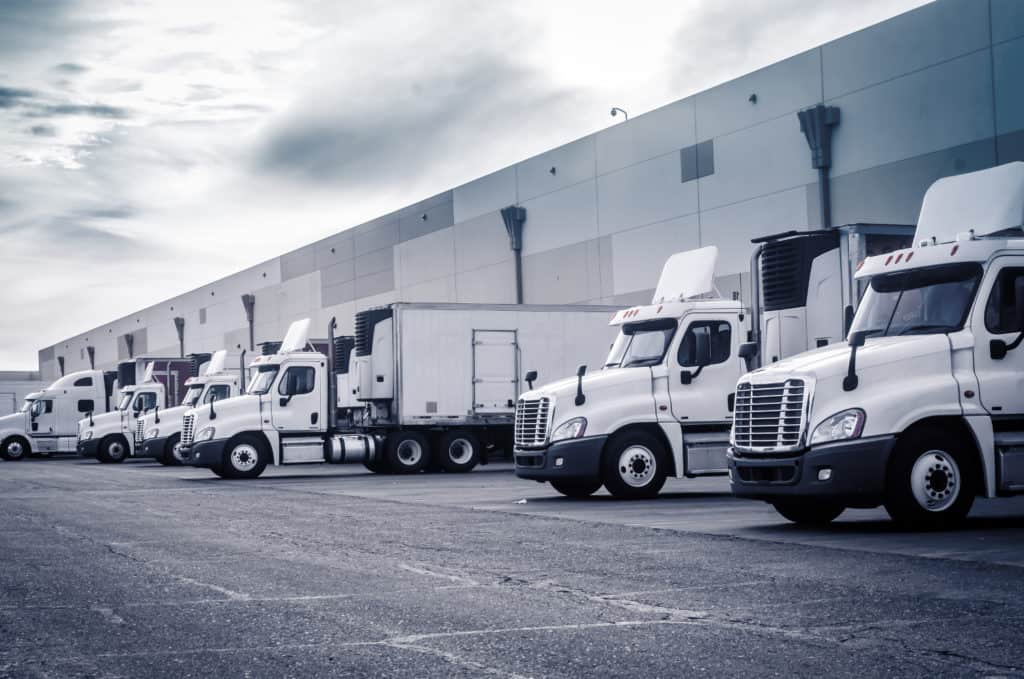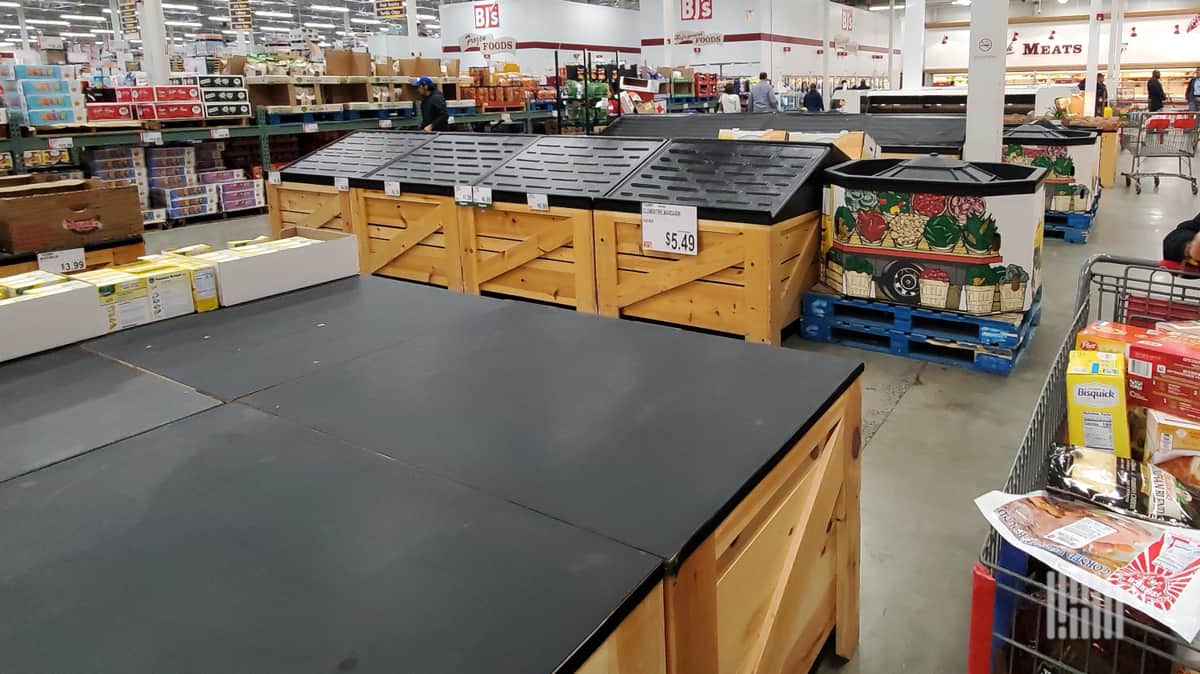Transportation costs are up approximately 20% since 2019, so it’s only natural to ask when these costs will start to drive inflation.
The short answer is “no time soon.” The reality is that for most products, transportation remains a relatively small cost of the entire item. Outside of raw materials, most consumer goods have so much cost coming from marketing and retail markups that the impact of higher transportation costs to the consumer will be quite small.
Domestic logistics represented about 8% of GDP in 2019. This is down from 11% in 1980. This includes all logistics costs, including trucking, shipping, rail, ocean, warehousing and distribution.

Over the past 40 years logistics costs have come down compared to the growth of the economy, while supply chains have become far more efficient. Remember the days of having to wait six to eight weeks for products to arrive? Now the same products can be delivered in a few hours or at most two days.
Even if we saw total transportation costs double, consumers would see less of this at retail. Why? Again, it is because most branded retail items have so much marketing and retailer markup that there is room for these costs to be absorbed.
Think of how many bottles of water can fit on a trailer that can hold 45,000 pounds of freight or how many Nike shoes can fit in a 53-foot trailer. In the end, with these consumer items, when shipped on a truck or in a container, the transportation cost is distributed throughout the entire shipment.
More concerning on the inflation front is not having goods in the store. Scarcity drives higher prices, as we saw last year when toilet paper or masks were hot commodities. The biggest issue driving inflation is the lack of supply, and not the transportation costs of moving products from manufacturers to consumers.

So if you are worried about inflation, ignore the freight rates and focus on the shelves. If you start to find products in short supply, then you can bet the market will respond with much higher prices.












Russell S loveday
The comments on here are very true.
There may be some exceptions..but you seeing prices go up everywhere..who every wrote this article must be living in a box. And the worst is to come soon
Sales rep
I have customers that are shipping low-value items and they can no longer compete in the National marketplace due to the increased costs of transportation. Some items are priced out of the National and International markets due to environmental regulations, especially in California. In addition, the regulations imposed by Los Angeles and Sacramento on trucking continue to drive out the trucking industry because these regulations minimize the profitability of owning a truck.
As I continue to hear about how the United States must lead the way in environmental causes it seems if the government were really interested in setting a standard they would declare that foreign manufacturers world need to conform to U. S. standards for environmental regulations. or manufacture those items in the United States,
This current situation really shows us how dependent we are on a foreign country that is hostile towards our government.
CLAIRE TARNOW
I disagree with this report. I work for a small consumer goods brand that sells to retailers like Target and Marmaxx. Our freight costs are 5x the norm averaging at $17,000/ 40ft. container. We’ve been forced to absorb majority of this cost as large retailers are pushing back on increased wholesales that for some products could be as high as 100% to make us whole, without profit. We’ve scaled back on these product categories, but in turn it’s hurting our business. Everyone is in the same boat and it’s inevitable. We’ve had no choice but to increase costs on new production orders and that ultimately will result in higher cost at the consumer level 3 months from now.
Hank ray
Well considering fuel cost are up more than 20% and the government is printing money like it is Milton Bradley also adding trillions of dollars to our national debt in the last 8 months and paying people not to go back to work I wouldn’t blame truckers for this. I would suggest we pull the stopper on Washington all of them need to go. Well maybe 10 can stay but u get my point. They somehow are not unloading ships either strikes or CARB laws in the port or the new laws that effect O/O in california. But they aren’t talking about that. This looks like a ploy to piss off more truckers and kill those small businesses Don’t strike it is what they want. Just trying to use lies to piss us off.
Steven
Sea freight up by 300% and it is already causing inflation in EU. To ship a 20′ FCL I pay ten thousand USD. For certain products that’s 1 USD/kilo. It’ll kill a lot of businesses that somehow survived until now.
Jon Smith
I agree, our freight container costs are up 500%, costing up to $25k for a 40 foot container. That’s a lot of cost that we have already passed on to the retailers. They have also passed most of this on to the consumers.
Al Wall
This is not accurate. Ocean freight on our products is up 400 pct. which would require us to increase our prices by at least 15 pct. we are trying to absorb the cost for now. But we will go out of biz if ocean freight is not normalized in six months.